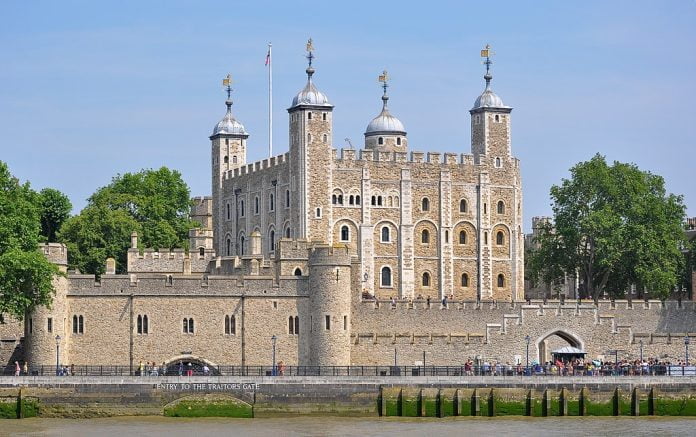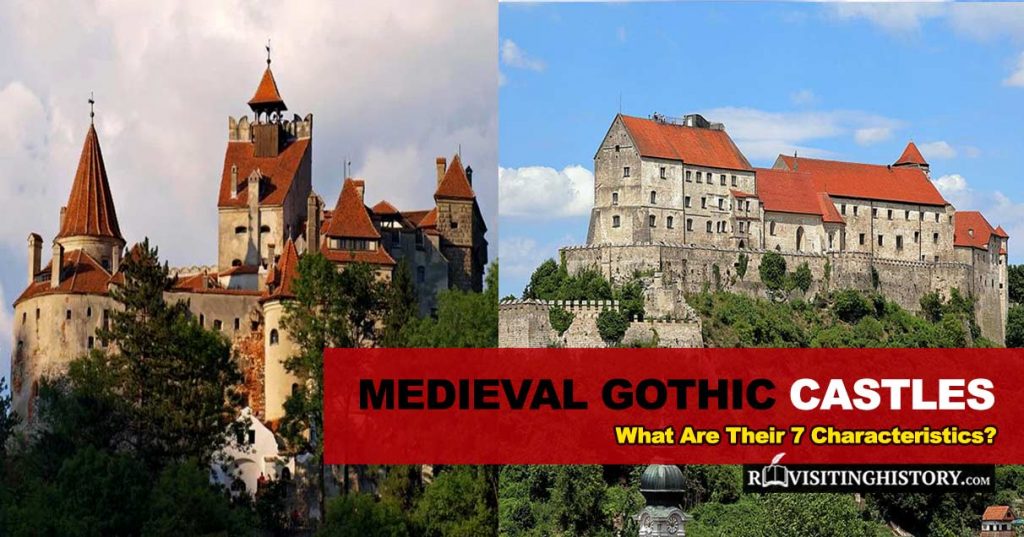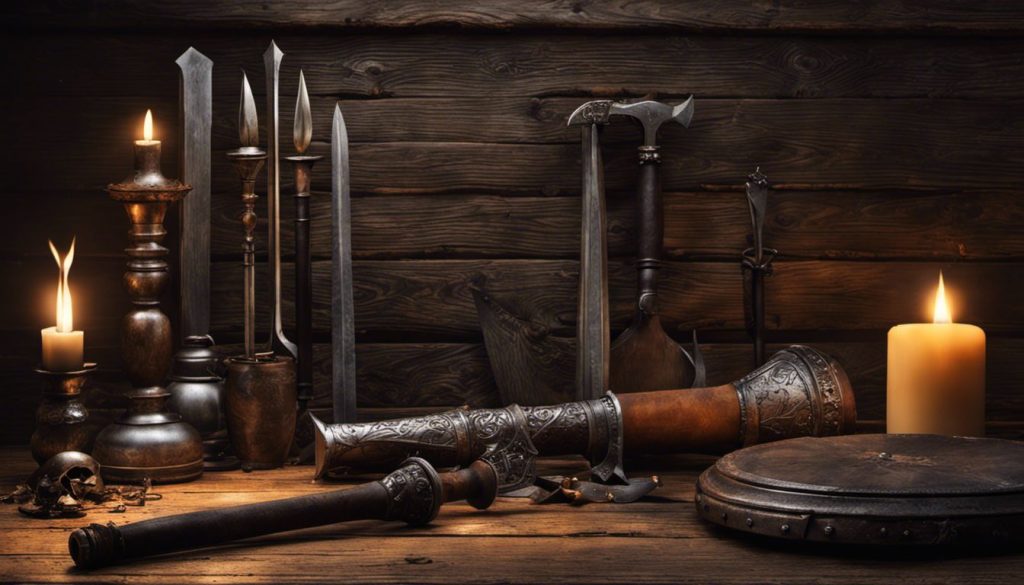Medieval towers were an essential component of medieval castles and fortifications in Europe. They were used for both defensive and offensive purposes–serving as lookouts and weapons platforms–as well as providing housing for the castle’s inhabitants.
Towers played a crucial role in the defense of medieval castles. They served as watchtowers, allowing defenders to spot incoming enemies and prepare accordingly. Towers also housed weapons, such as crossbows, which were used to repel attackers. Additionally, towers were used as a last line of defense, serving as a refuge for the castle’s inhabitants in the event of a siege.
Table of Contents
Brief History of Castle Towers Evolution
Medieval towers have a rich history that dates back to the Roman Empire. The Romans utilized towers as part of their defensive fortifications and as watchtowers. During the early Middle Ages, castles were built with wooden towers. As building techniques advanced, stone towers replaced wood, providing better protection against siege engines and fire. In the 11th century, castle design saw the introduction of horseshoe-shaped towers and corner towers, which added improved defense and increased living space.
The 12th and 13th centuries saw the emergence of rectangular towers and the popularization of the donjon or keep, a central tower in castles that served as the lord’s residence and the last line of defense. The introduction of crossbows and the need for specialized archer towers brought about the development of mural towers, towers built against castle walls to provide archers with a clear line of sight.
The 14th and 15th centuries saw the development of machicolations, which allowed defenders to drop objects and pour boiling liquids on attackers that made it too close to the castle’s walls. The evolution of medieval towers continued until the end of the Middle Ages. Many historic castles still stand today, showcasing their impressive towers and rich histories.
Types of Towers
Medieval towers come in a variety of shapes, sizes, and functions, with some of the most familiar types of towers ranging from keeps and gatehouses to wall towers (along the curtain walls) or corner towers, or more unusual identifications like drum towers and flanking towers.
Keeps
These are some of the most recognizable medieval towers: the tallest and most secure part of a castle. Keeps were typically located in the center of the castle, serving as a central hub of activity and a last line of defense in times of attack. These multi-storied towers were constructed with heavy stone, designed to withstand significant force. They were ideal for providing a secure retreat for the castle’s inhabitants.
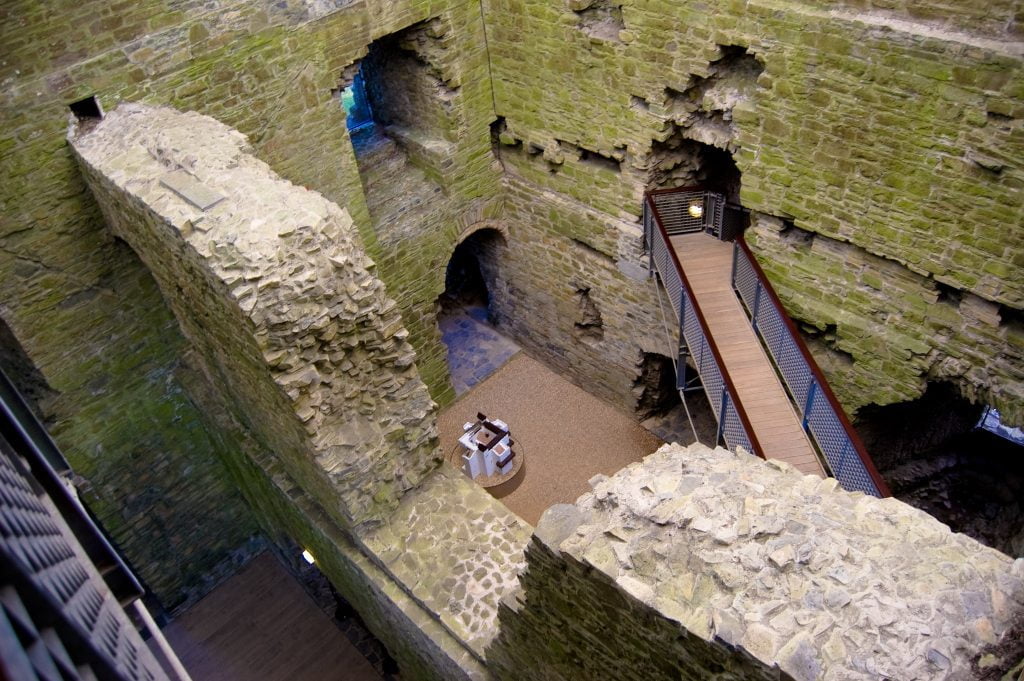
Wall Towers and Curtain Walls
Medieval castles and fortifications were surrounded by a defensive wall known as a curtain wall, which separated the castle from the surrounding terrain. This wall was typically made of stone and reinforced with towers, battlements, and other defensive features to provide extra strength and space for soldiers to defend the castle.
Between the towers in a curtain wall were the curtains, which were also made of stone and served to reinforce the wall while providing additional space for soldiers. These curtains could also have openings, called machicolations, that were used to drop boiling oil or other objects on attackers. Curtains and curtain walls were essential to the defense of medieval castles and fortifications, playing a critical role in resisting attacks.
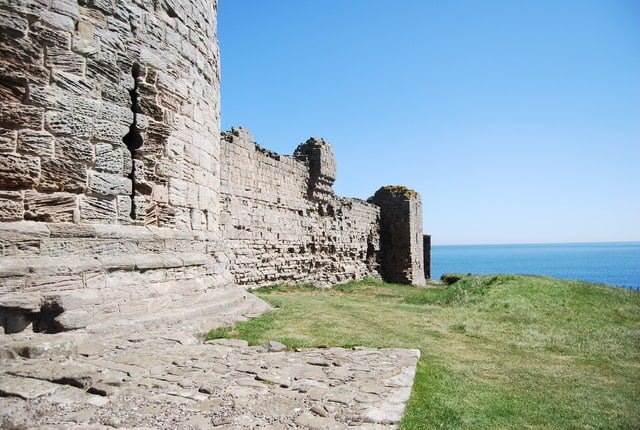
Corner Towers
As their name implies, corner towers were situated at the corners of a castle and were used to control access to the castle’s walls. They were typically rounded or horseshoe-shaped, making them difficult for attackers to breach. This design was intentional, as corner towers were often used for defensive purposes, providing extra security for the castle.
Gatehouses
Gatehouses served as the entrance point(s) to a castle, as both a defensive fortification and an administrative center. Gatehouses were equipped with various defensive mechanisms such as portcullises and drawbridges, making it difficult for attackers to gain access to the castle. The design of gatehouses was crucial in the overall defense of the castle. Much thought and planning went into their construction to ensure their effectiveness in defending the castle.
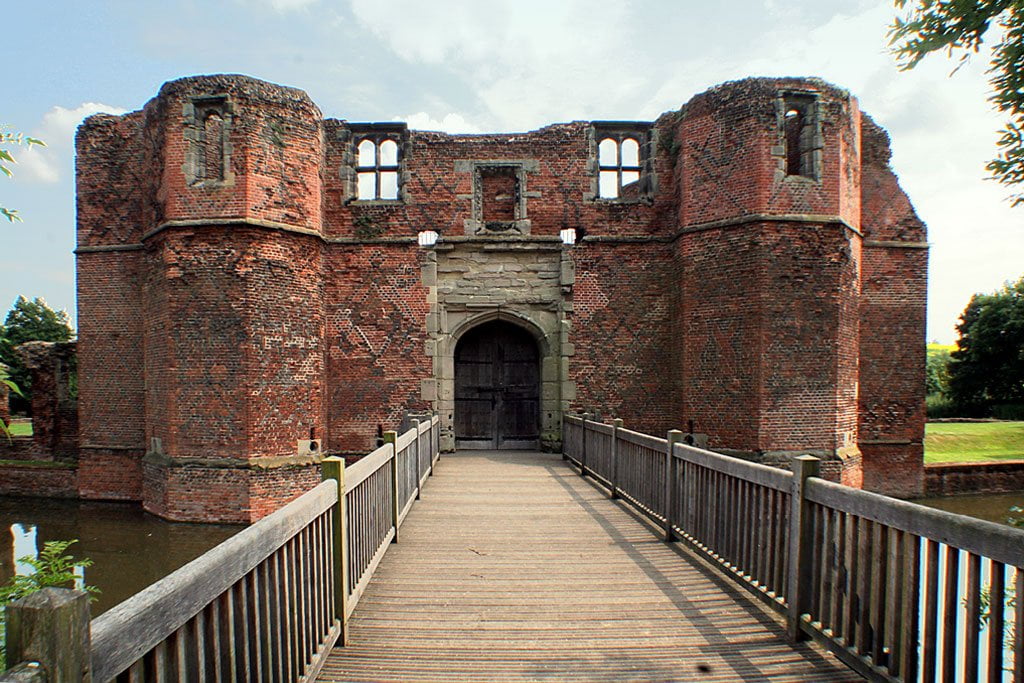
Drum Towers
Drum towers were circular towers that were often used as lookouts or for defensive purposes. They were typically taller than other tower types and provided a wider field of vision, making them useful for observing the surrounding terrain and detecting potential threats.
Flanking Towers
Flanking towers were located along the castle walls and were used to defend the castle from attack. These towers were typically lower profile than other tower types, making them ideal for housing archers or crossbowmen. They were placed strategically along the castle walls to provide maximum coverage and defense for the castle.
Explore Medieval Times Deeper or Continue Reading…
Comparison and Contrast of Different Tower Types
Each type of medieval tower served a unique purpose and had its own advantages and disadvantages. For example, keeps were perfect for providing a secure retreat, while corner towers were better suited for defensive purposes. Understanding the different types of towers and their functions provides insight into the strategic planning that went into the construction of medieval castles.
Role and Function of Towers in Medieval Castles
Medieval towers served a variety of functions in castles, from defensive to residential, administrative, and societal.
Defensive Role
Towers were often used as defensive fortifications and were strategically placed within castle walls to provide a higher vantage point for defenders to protect the castle from attackers. Castle watchtowers, also known as “turrets”, served as a lookout point for guards to spot approaching enemy forces. Archer towers, or “mural towers,” were equipped with openings, known as “machicolations,” from which archers could shoot arrows at attacking forces. They were usually positioned along the castle walls and were shaped like horseshoes, with the open end facing the castle’s courtyard. This allowed archers to fire in multiple directions and cover a wider range of the castle’s defenses. The walls of archer towers were typically thick and sturdy, able to withstand attacks from siege engines such as battering rams and trebuchets.
Residential Role
Towers were also used as residences for the nobility and high-ranking members of society. The tallest and largest towers, known as “keeps” or “donjons,” often served as the living quarters for the lord of the castle and his family. These towers usually had an impressive collection of rooms including spacious great halls, private chambers, and rooms for servants.
Administrative Role
Towers were also used for administrative purposes in medieval castles. The castle’s lord would use the tower as his office, and it would also house the castle’s treasury and archives.
Societal Role
In addition to their practical uses, towers also held significant social and symbolic importance in medieval society. They were a symbol of wealth, power, and prestige, and were often used to display the lord’s authority and impress visitors.
Examples of Notable Medieval Towers
The White Tower at the Tower of London
The White Tower is the oldest and most iconic building at the Tower of London. Built in the 11th century, it has served as a royal palace, fortress, and prison. The tower was the site of numerous historical events, including the executions of two of King Henry VIII’s wives, Anne Boleyn and Catherine Howard.
It also houses a fascinating collection of arms and armor, including the armor of King Henry VIII himself. The White Tower is now a popular tourist attraction and is open to the public through the summer months. Visitors can explore the tower’s four levels, including the atmospheric basement, which once housed prisoners, and enjoy stunning views of London from the curtain walls.
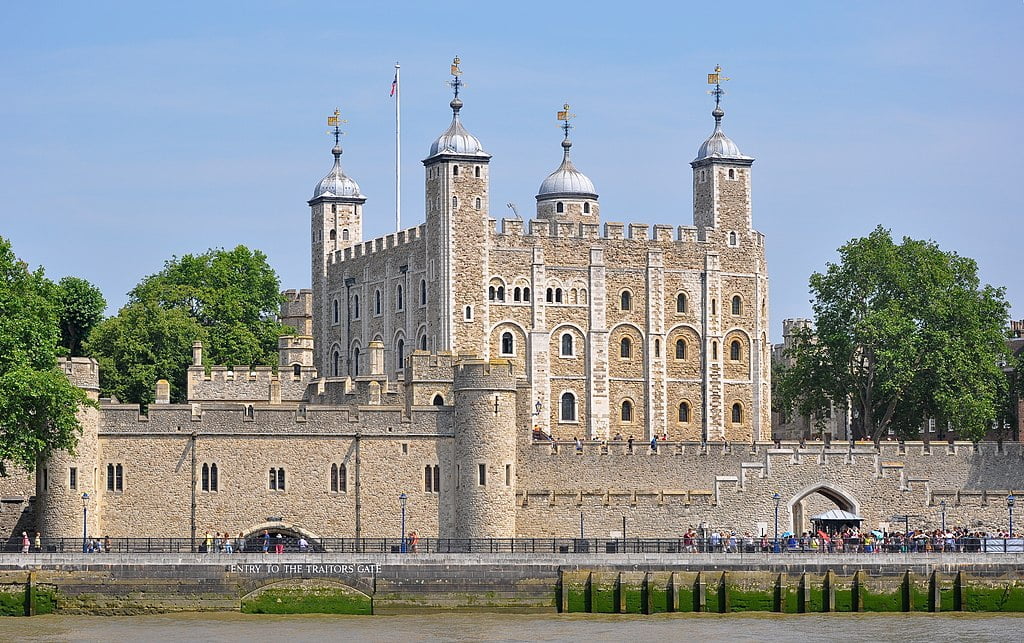
Windsor Castle, England
Windsor Castle is one of the oldest and largest occupied castles in the world, with a history dating back over 900 years. It is a royal residence, with strong links to the British monarchy.
Windsor Castle is home to three prominent towers: the Round Tower, the Norman Gate, and the Curfew Tower. The Round Tower, which dates back to the 12th century, is the oldest of the three and offers visitors stunning views of the surrounding area. The Norman Gate, which dates back to the 13th century, features an impressive portcullis and is the main entrance to the castle.
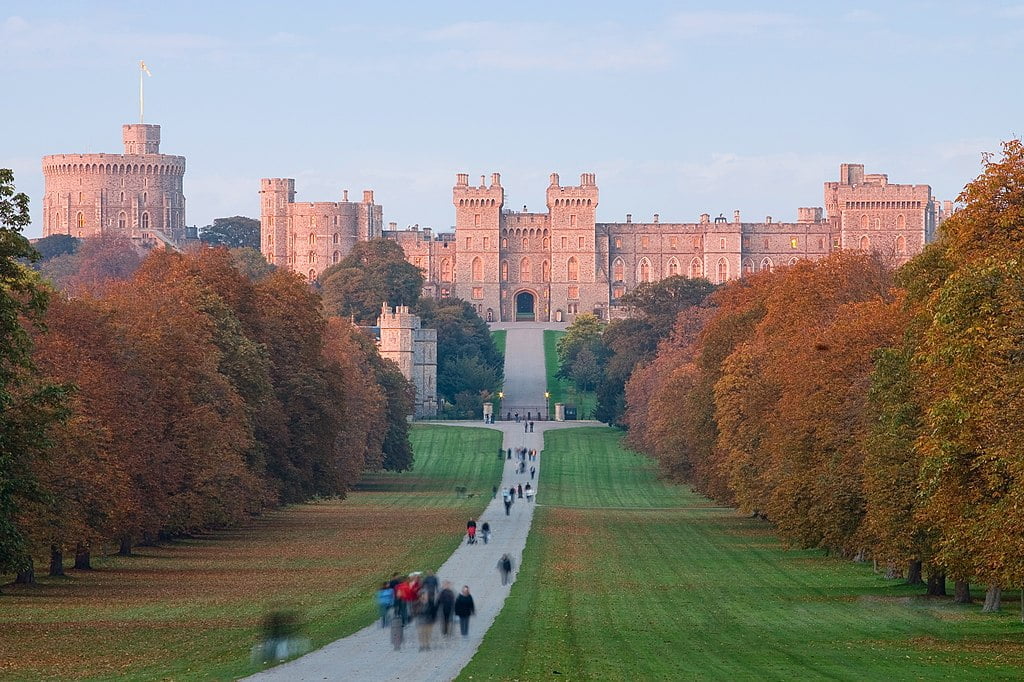
The Curfew Tower, which was built in the 15th century, is known for its striking architecture and its original 14th-century clock. The tower bells still ring every night at 9:00pm as a reminder of the castle’s historic curfew. Each tower offers a glimpse into the castle’s rich history and is open to the public as part of touring the castle.
Edinburgh Castle, Scotland
Edinburgh Castle is a historic fortress and iconic symbol of Scottish heritage. It is home to several towers, as well as the famous Mons Meg–a medieval siege gun that was once used to defend the castle. The Half Moon Battery is a well-known tower that offers visitors stunning views of the city of Edinburgh.
The castle’s highest tower, the 15th-century St. Margaret’s Chapel, is one of the oldest surviving buildings in Edinburgh and is still used for weddings and other events. The castle’s military history is also on display in the Scottish National War Memorial, which commemorates Scottish soldiers who have died in conflicts from World War I to the present day.
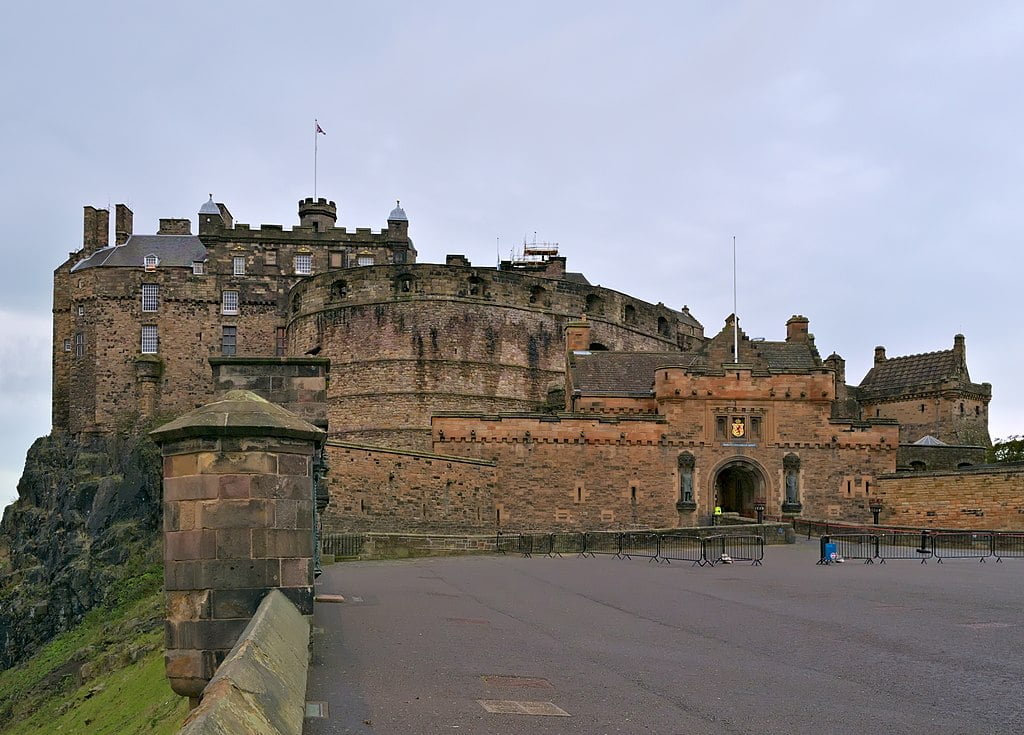
Caernarfon Castle, Wales
Caernarfon Castle is a historic fortress and UNESCO World Heritage Site that played an important role in Welsh history.
It is known for its impressive towers. The Eagle Tower, the castle’s most striking tower, was used as a royal residence, decorated with ornate carvings and a fireplace with an intricate chimney. The Queen’s Tower, another prominent tower, was used by Queen Eleanor of Castile and is known for its impressive views of the surrounding area.
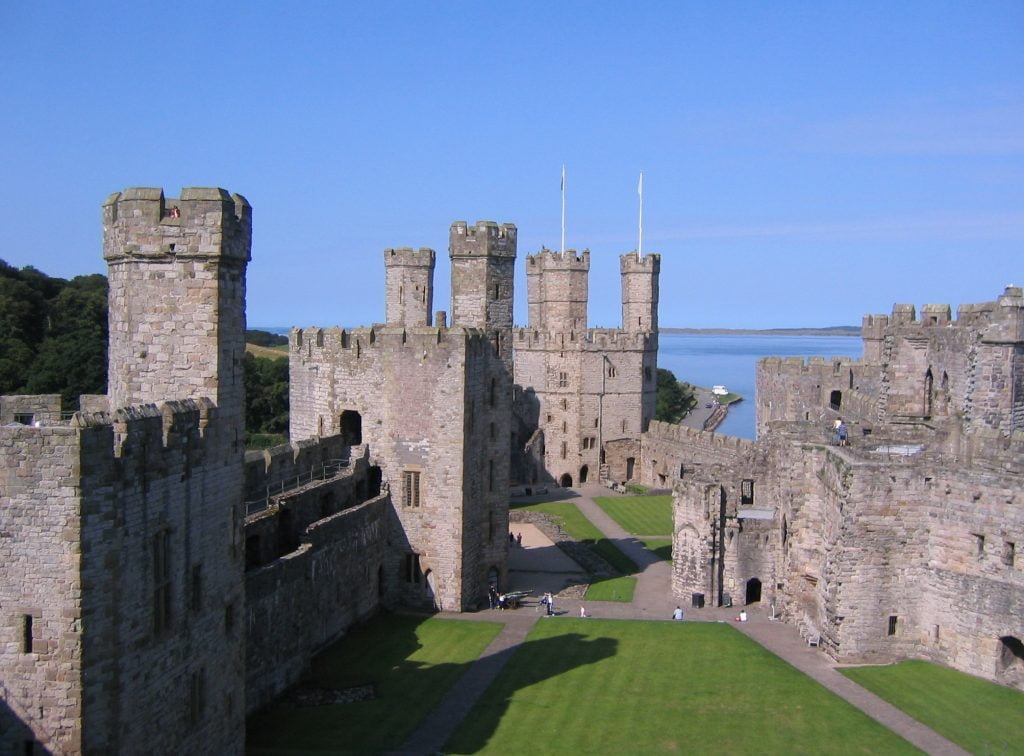
The castle also has two gatehouses, the King’s Gate and the Queen’s Gate, each featuring intricate decorations and ornate carvings. Caernarfon Castle played a significant role in Welsh history and was the site of the investiture of Prince Charles as the Prince of Wales in 1969. Today, it is a popular tourist attraction and is open to the public for exploration.
Alnwick Castle, England
Alnwick Castle–well-known as a Harry Potter filming location–is a historic castle located in Northumberland, England. Architecturally, the castle is known for its impressive towers. The Keep, which dates back to the 14th century, is the castle’s most iconic tower and offers visitors stunning views of the surrounding area.
The Constable’s Tower and the Guest Hall Range are other notable towers that contain an impressive collection of artwork and artifacts. The castle has a long and fascinating history, and is open to the public with tours of the castle and its grounds.
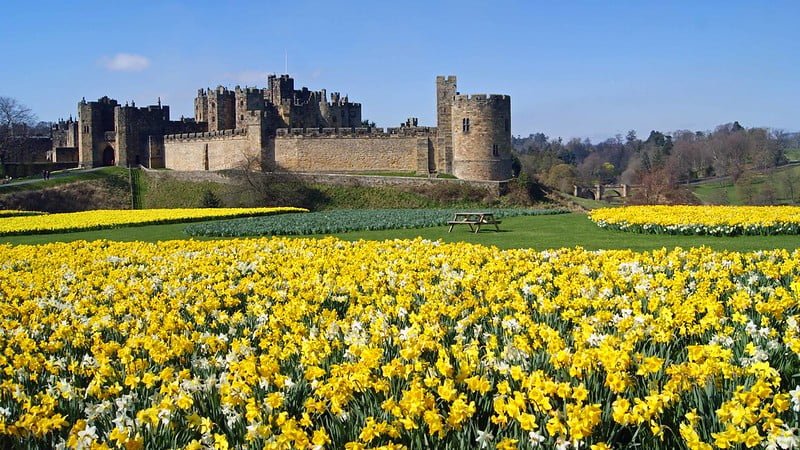
Château de Chenonceau, France
Château de Chenonceau is a French castle known for its unique architecture and impressive towers. The castle spans the River Cher and features two main towers, the Marques Tower and the Catherine de Medici Tower, which contain beautiful works of art and offer stunning views of the surrounding gardens.
The castle has a rich history and has been home to several notable figures. During World War II, the castle served as a hospital and a refuge for those fleeing Nazi-occupied France. Today, the castle is open to the public and is one of the most popular tourist attractions in France.
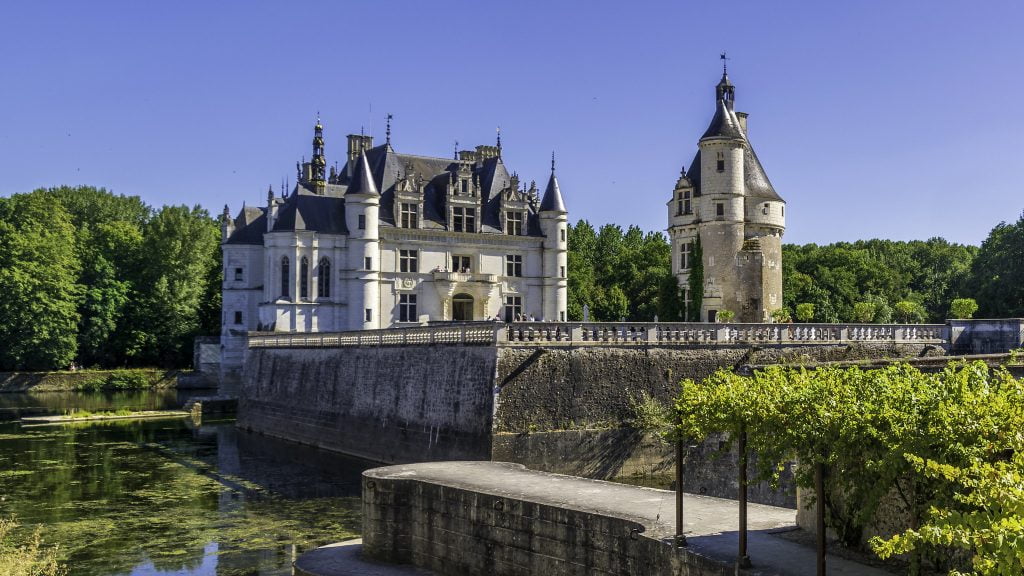
Summary of the Significance and Impact of Towers In The Middle Ages
Medieval towers were essential parts of castle architecture during the Middle Ages. They served various purposes, from defense and housing to administration and societal roles. The use of durable materials like stone and brick and their evolving design reflect technological advancements and changing architectural styles. Many towers have been preserved and now serve as museums or tourist attractions, showcasing the history of their time. Edinburgh Castle remains a symbol of Scotland’s cultural heritage while the White Tower at the Tower of London serves as a museum. Medieval towers are a testament to the ingenuity and creativity of medieval architects and builders.

